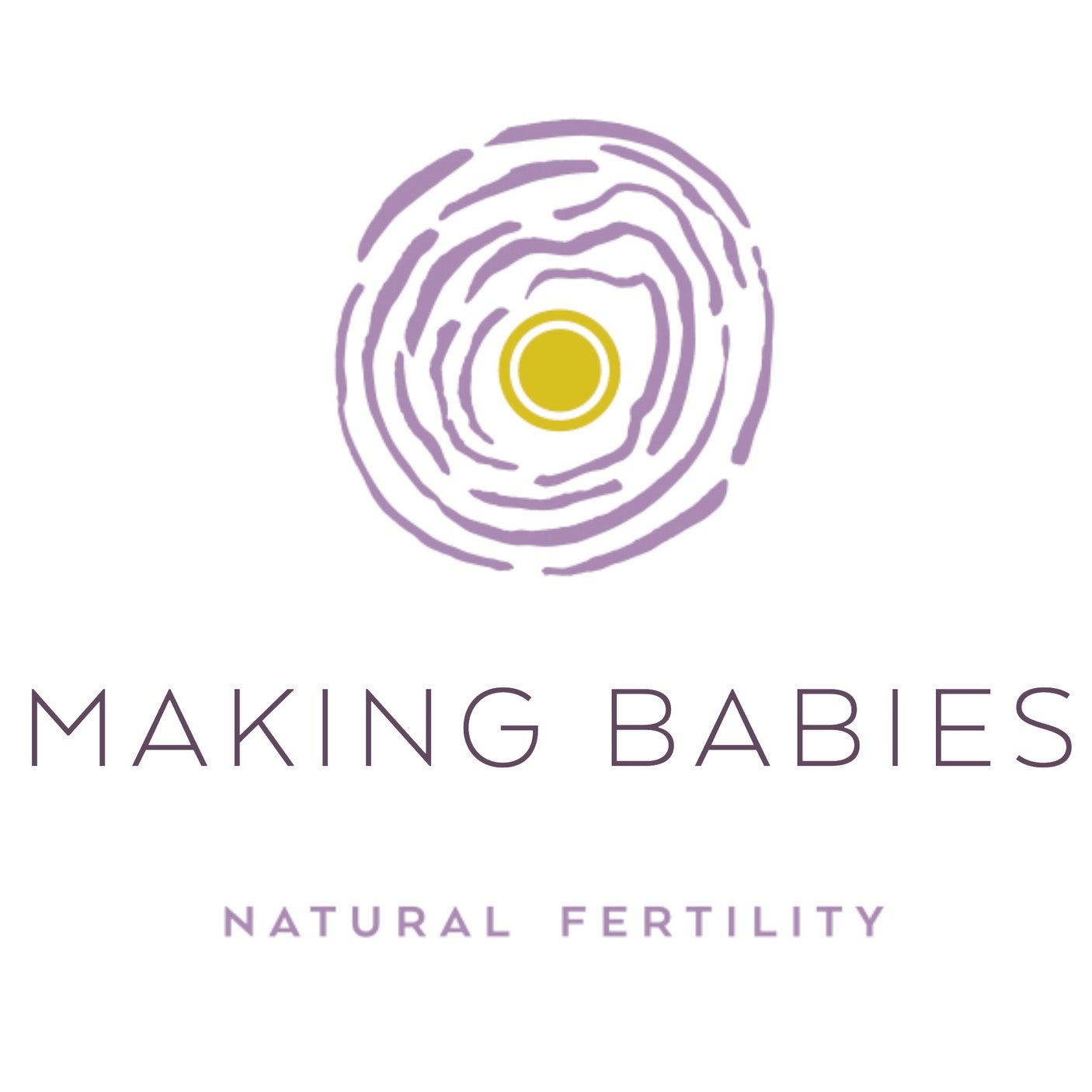#1 Body Literacy: The big 'O' (ovulation)
Planning a pregnancy, or actively avoiding it? Then its time to familiarise yourself with the BIG O: OVULATION.
Ovulation is all about pregnancy and so being armed with a working knowledge of the basics of the menstrual cycle and the role ovulation plays within it will empower you to manage your own fertility and enhance your pregnancy chances.
On average ovulation happens around the 14th day, halfway between the follicular and luteal phases of the menstrual cycle which is 28 days. When we talk about ‘average’, it must also be added that there can be quite a variation in menstrual cycles, and so too, ovulation. In fact, the timing of ovulation dictates the length of the menstrual cycle.
What is ovulation anyway? It is the process within the female body of releasing a mature egg from the ovaries.
Why is it important? Ovulation is central to conception. No egg, no baby! It occurs through an intricate relationship between female hormones – estrogen, progesterone and luteinising hormone- LH.
The ovulation cycle can be divided into 2 parts –
The first half can differ greatly, lasting between 7-40 days, or 14 days according to the textbooks. It is called the Follicular Phase and begins on Day 1 (the first day of your period) up to ovulation. Yes, it is all about developing and ripening the follicles in the ovaries to produce an egg. The most dominant follicle gets released at ovulation. Developing follicles produce estrogen, and in turn, estrogen levels in the blood rise to the level of encouraging the LH to trigger ovulation which occurs around 12-24 hours after the LH surge when the mature follicle bursts through the ovarian wall.
As the egg survives for up to 24 hours, it is excellent planning to have sperm already waiting in the fallopian tube for its arrival. This creates a ‘fertile window’ of 4-6 days depending on sperm survival and the day of ovulation. Critical knowledge to achieve conception or prevent it!
From ovulation to the next period is the Luteal Phase, driven by progesterone, and usually lasts around 14 days, so you can see that the day of ovulation will determine your cycle length.
Simple knowledge combined with cyclical signs and symptoms will help you understand and manage your fertility, possibly shortening your journey to becoming pregnant. Body literacy/signs and symptoms surrounding ovulation, anovulatory cycles, medical testing and tools you can use to help track ovulation will be covered in following blogs.

